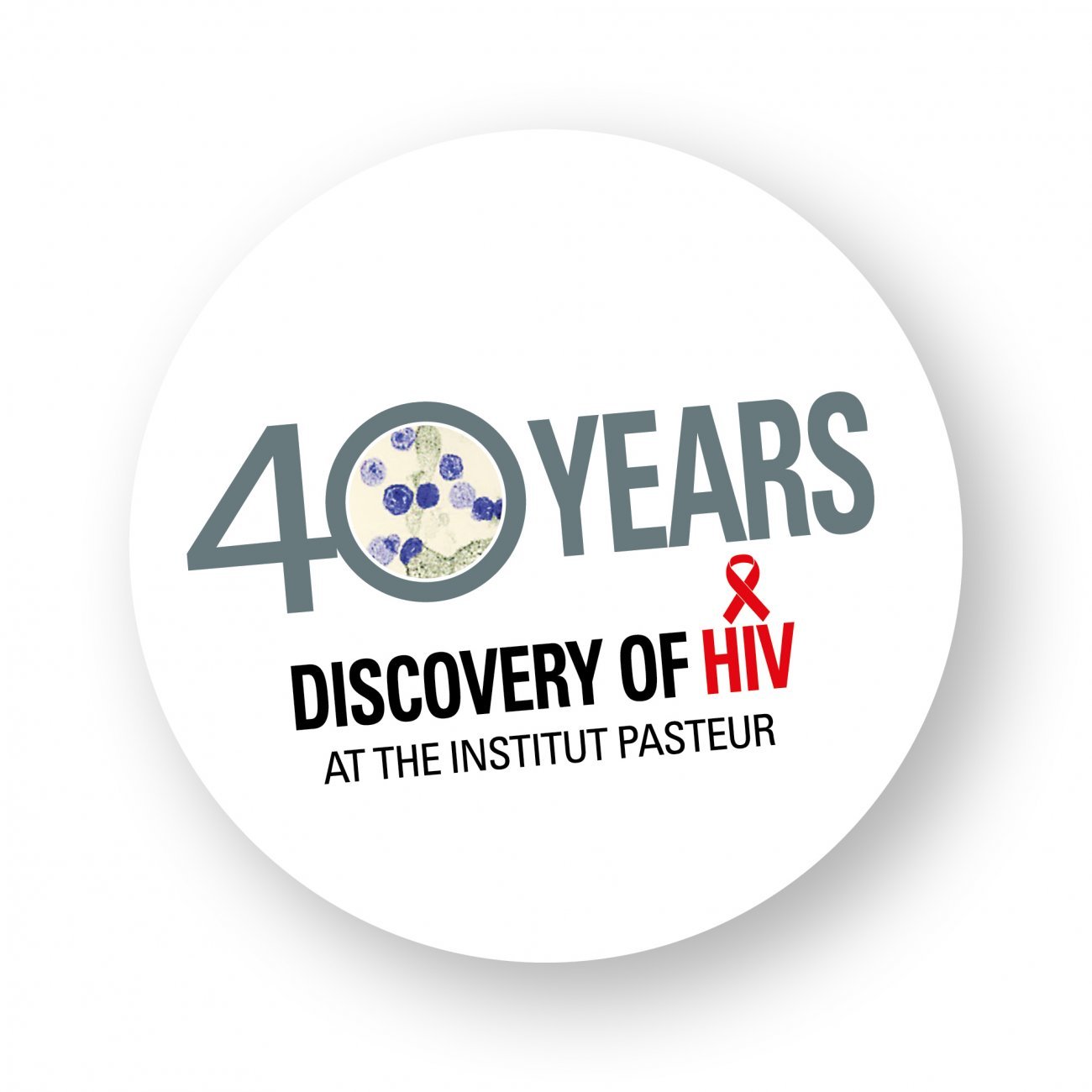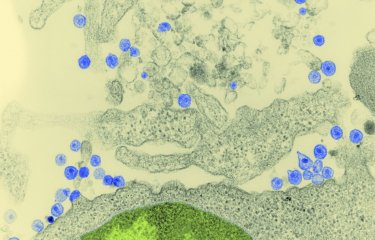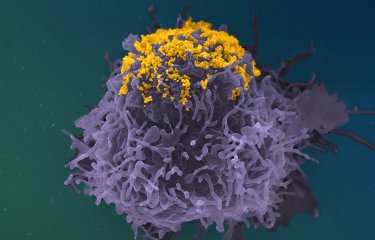In 1981, the first cases of a completely unknown disease were described in the United States. Plague or gay syndrome, cancer, pneumonia? Rumors were rife. Let’s have an eye back on this story of an emerging disease.

From the first alert... to the designation of AIDS
- June 5, 1981
The US Centers for Disease Control and Prevention (CDC) report a rare form of pneumonia in young gay men in California. This is the first AIDS alert.
- 1981 – “gay plague”, “gay syndrome”
The disease was first given the name of GRID (Gay-Related Immune Deficiency), “gay plague” or even “gay syndrome”, because it only seems to affect homosexual men.
- July 3, 1981 - “rare cancer observed in 41 homosexuals”
The New York Times writes a first article on this “rare cancer observed in 41 homosexuals”
- January 6, 1982 – “A Mysterious Cancer”
The French newspaper Libération (in french) publishes an article to this “mysterious cancer” which appeared among American homosexuals.
- July 24, 1982 – “Gay syndrome”
The newspaper Le Figaro deals with the subject of what is then baptized the “gay syndrome” (or homosexual syndrome).
- 1982 – “4H disease”
This syndrome is then called the “4H disease” to designate Homosexuals, Heroin addicts, Hemophiliacs and Haitians, before we understand that it does not only concern “these populations”.
- 1982 – “AIDS / SIDA”
The disease is renamed AIDS (Acquired Immunodeficiency Syndrome), or SIDA in French (Syndrome d’immunodéficience acquise).
Two viruses transmitted by African monkeys
If the first cases were described in the United States since 1981, a study carried out afterwards showed that African people were infected as early as 1959. But other studies have shown that HIV has been circulating in humans for longer, probably since the end of the 19th century.
We know that at least forty species of African monkeys (chimpanzees, gorillas, green monkeys, etc.) are naturally infected with the simian immunodeficiency virus (SIV), retroviruses close to HIV. Some of these viruses have been transmitted to humans at least 12 times, giving rise to the HIV-1 and HIV-2 viruses. With increasing urbanization and population flows, these two viruses (mainly HIV-1) then spread rapidly.
Rapid diffusion through blood
Since the year of its discovery, HIV has spread from Africa to North America and then to Europe. The first cases were reported in the United States in men who have sex with men. The following cases concerned transfused patients, hemophiliacs and drug addicts, demonstrating the strong involvement of the blood route in the transmission of the virus. The disease only appeared in Asia around 1986-1987, first in Thailand, then in other Southeast Asian countries.
It should be noted that contrary to popular belief, the most important mode of transmission worldwide occurs between heterosexuals. It is estimated that nearly 38 million people are currently infected worldwide.
“AIDS is a late phase of HIV infection,” clarifies Asier Sáez-Cirión, head of the Viral Reservoirs and Immune Control Unit at the Institut Pasteur. “We really need to break down this direct HIV/AIDS association because it represents an obstacle to the eradication of HIV infection. This is our daily struggle.” Indeed, a person who has AIDS is necessarily a carrier of HIV, but a person who is a carrier of HIV does not necessarily have AIDS. And today, thanks to antiretroviral treatments, people living with HIV can lead relatively normal lives without ever developing the disease.






